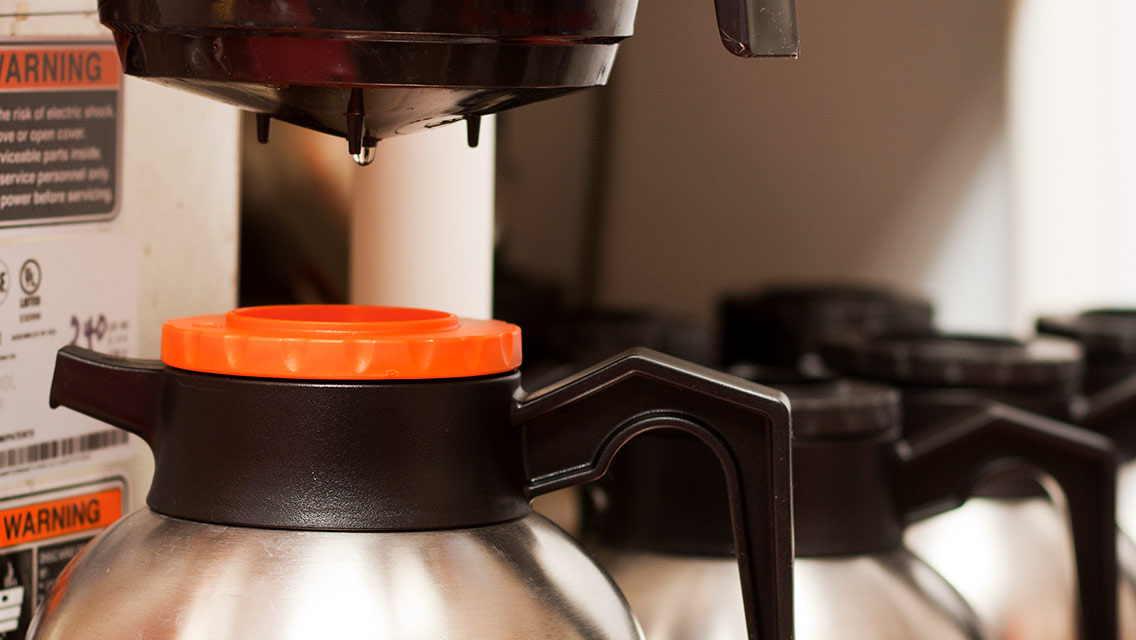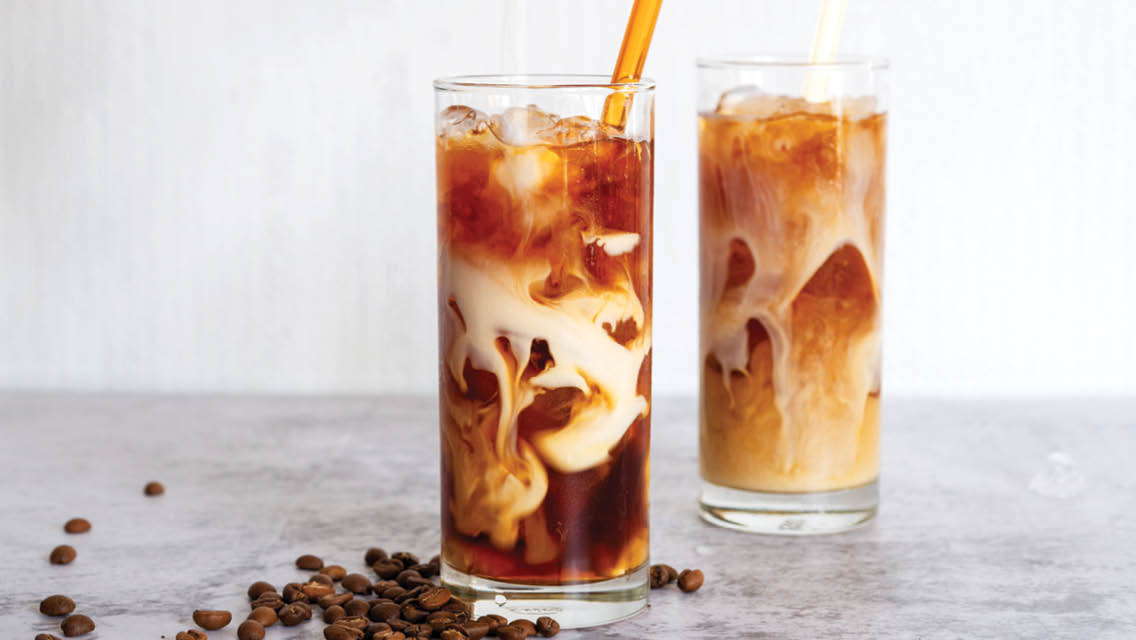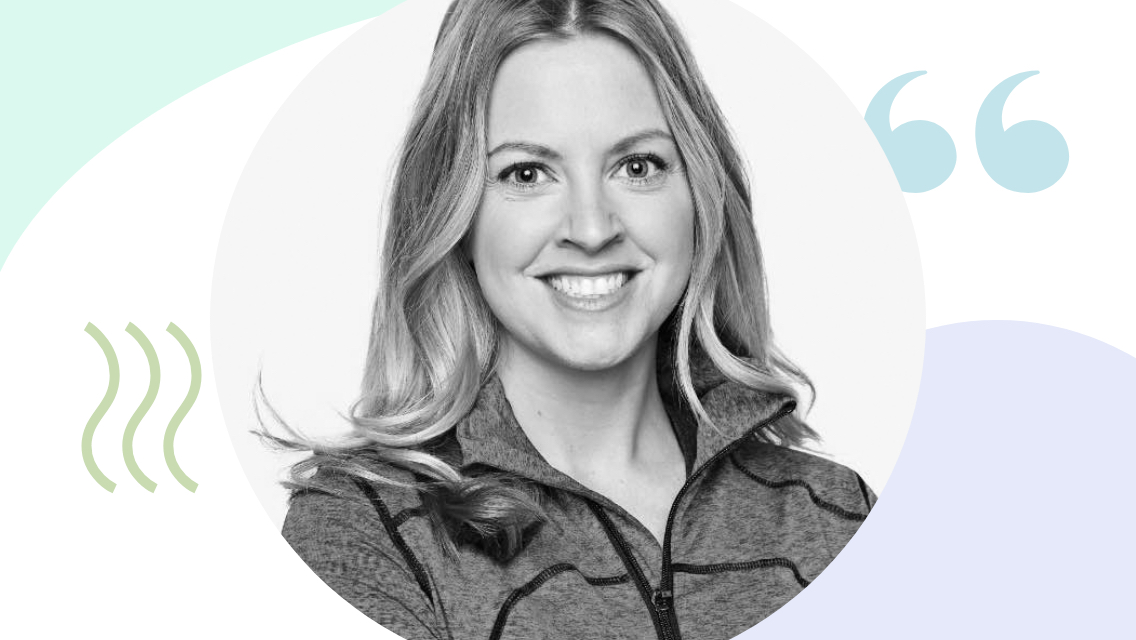Decaf coffee has a bad reputation. “Death Before Decaf” shirts and stickers have long been popular with coffee enthusiasts, and there’s a widely held belief that decaf can never taste as good as the “real” stuff. Still, many people drink it regularly, whether for medical reasons, because they are pregnant, or simply to avoid the caffeine jitters.
A recent report, however, raises new concerns about decaf. The nonprofit watchdog group Clean Label Project (CLP) released a white paper in 2020 suggesting that the decaffeination process itself may pose a health hazard.
Methylene chloride, or dichloromethane, is a chemical solvent used to remove caffeine from coffee beans. Exposure to the substance at certain levels has been linked to liver problems and an increased risk of cancer; and the CLP points to the Environmental Protection Agency (EPA) banning methylene chloride from paint removers in 2019 as a sign it could be dangerous in coffee as well.
CLP researchers tested 25 decaf coffees and found 10 containing trace amounts of methylene chloride. The amounts detected were well below the safety threshold set by the Food and Drug Administration (FDA), so, while this finding might seem worrying, more research into the impacts of such low concentrations of the chemical are probably necessary before any definite conclusions can be drawn.
No matter the amount of methylene chloride in decaf brands, CLP executive director Jaclyn Bowen believes labels should disclose its presence. “Consumers have a right to know what they’re purchasing and ingesting and be able to trust claims made on product packaging.”
The good news is that if you’re looking to reduce your caffeine intake without the risks that methylene chloride may pose, there are other options. Coffee decaffeinated with ethyl acetate, which naturally occurs as a byproduct of fermented sugars and is “generally recognized as safe” by the FDA, is widely available from large and small coffee roasters. On the shelf it is often labeled “Ethyl Acetate,” “EA,” or “Sugarcane” decaf.
Ply Pasarj, co-owner of Rogue Wave Coffee Roasters and a 2021 World Brewer’s Cup finalist, often sources sugarcane (ethyl acetate) decaf at his cafe. “We look for decaf that tastes as close to a regular coffee as possible, and recently we’ve found that a lot of decaf we like uses the sugarcane process; the coffee retains more of its fruity notes, and when we source coffee we like many of our coffees to be on the fruitier side.”
There are also water-processed decafs that eschew chemical solvents. Water processing is more costly than other forms of decaffeination, but the resulting decaf beans are readily available from many coffee roasters at a small premium. And, unlike coffee decaffeinated with methylene chloride or ethyl acetate, water-processed decaf coffees can retain their organic certification. This coffee is usually labeled “Swiss Water Process” or “Mountain Water Process”; the names are different, but the process is generally the same.
Coffee beans decaffeinated with any of these methods can also be found mixed with regular coffee beans to create “half-caff” blends. Combining the two can help maintain more of the coffee’s original flavor while still cutting down on caffeine content, perfect for those looking to slowly ease off caffeine. “Half-caff” is available from many coffee roasters, but it can also be made at home by simply mixing equal parts caffeinated and decaffeinated versions of the same coffee beans before brewing.
For those trying to reduce their caffeine intake without compromising flavor, naturally low-caffeine varieties of coffee are worth trying. Unlike decaffeinated coffees, which are processed to be almost entirely free of caffeine, the Laurina and Aramosa varieties of beans naturally contain less than 50 percent of the caffeine of typical coffee. These niche varieties require extra effort to grow, so they’re often more expensive than traditional decaf. However, they’re a great choice for those who don’t enjoy the flavor of decaf coffee but still want to reduce their caffeine intake.
Pasarj believes that low-caffeine varieties of coffee are an exciting area of growth for the coffee market. “With the recent research in coffee and new varieties of coffee, we are probably going to be looking at more varieties that have lower caffeine content in the future,” he says. I hope that it will become more mainstream and people will start caring about and roasting more of the lower-caffeine-content coffee as well, because they taste really good.”
Getting the Best Out of Your Decaf
Naturally low-caffeine varieties of coffee can be brewed without major changes because, other than having less caffeine, they are no different from regular coffee. Decaf, however, has been processed further and sometimes needs to be brewed differently to taste its best. Here are some tips to keep in mind to get the best out of your decaf:
- Choose the right method. Pasarj believes immersion methods (such as cold brewing or using a French press or AeroPress) and percolation methods (such as using a pour-over brewer or drip-coffee machine) are both good choices for brewing decaf coffee. However, high-pressure methods like an espresso machine can be more difficult, warns Pasarj. “For espresso, it can be finicky to pull a proper shot with decaf, because the molecular structure of the coffee is a little bit different.”
- Try cooler water. If your decaf coffee tastes too bitter, try using slightly cooler water than usual. Reducing the water temperature by 10 to 15 degrees F is a good starting point if you have a temperature-controlled kettle or coffee machine. Otherwise, try letting your kettle sit after boiling till it cools slightly.
- Use a bit more coffee. If your decaf tastes watery or weaker than usual, consider using a little more coffee with the same amount of water.
- Use finely ground beans. Grinding finer may also help with coffee that tastes weaker.
- Expect it to take a bit longer. If your coffee takes longer to brew in a drip machine or pour-over, don’t worry! Because of its slightly different structure, decaf sometimes drains more slowly than regular coffee.
Don’t give up if your decaf doesn’t taste perfect on the first try. Everyone has their own coffee preferences, and it may take a little experimentation to find your favorite way to brew.
This article originally appeared as “What’s in Your Decaf?” in the March 2022 issue of Experience Life.





This Post Has One Comment
Could you please tell me if organic decaffeinated coffee is okay to consume?